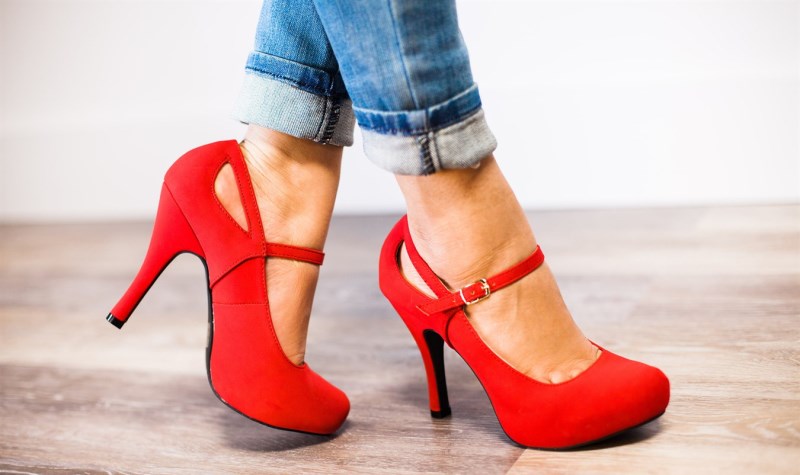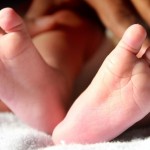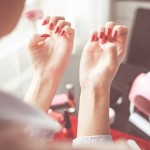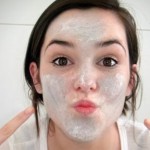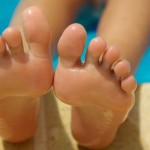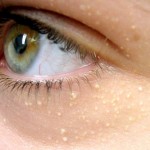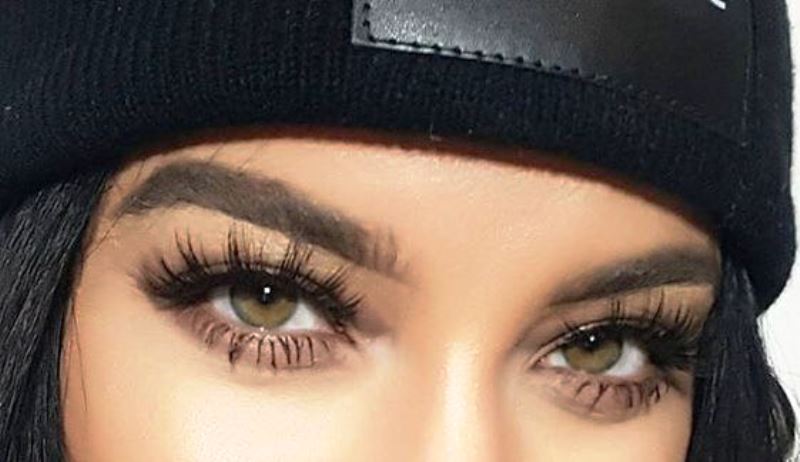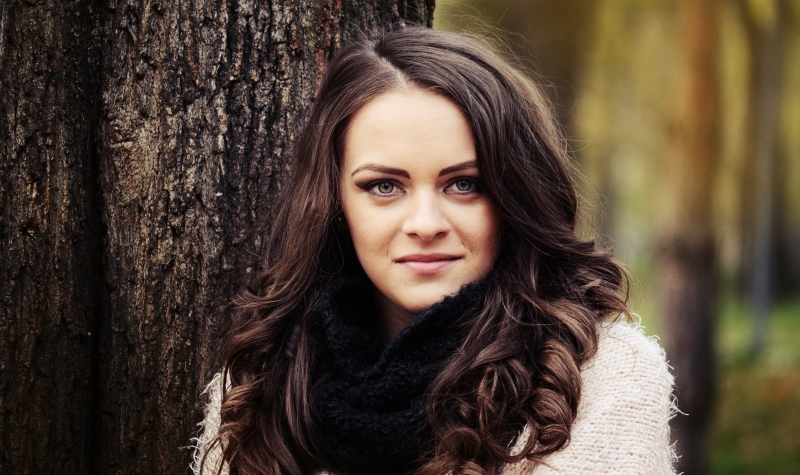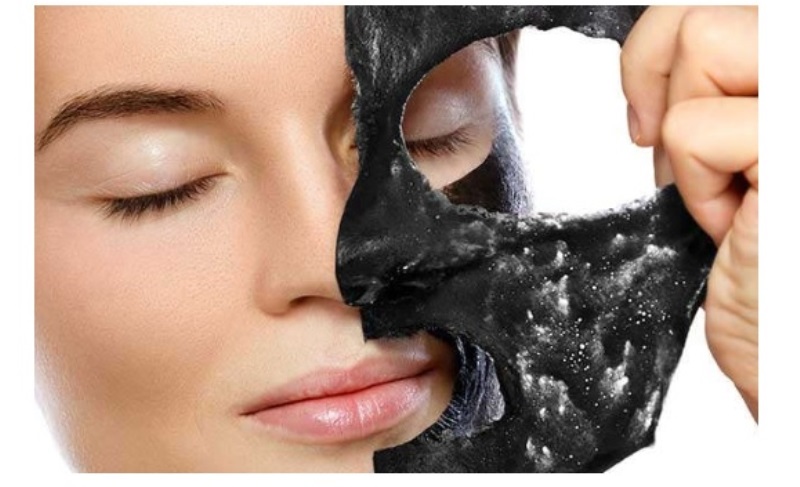Planning to slip into a new pair of sandals? Great! But are you prepared to endure the blisters? 
To help you debut that new pair with no limp-inducing blisters, whatsoever, we have a number of tips curated specially for you! Now don those stilettos and rock those sneakers without worrying about sores.
Suggested read: 10 ways to keep your thighs from chafing that actually work
Typically, a blister is caused by pressure and friction, which is produced from wearing shoes that aren’t of the right shape or type. Damp socks or skin can also cause blisters, by the way.
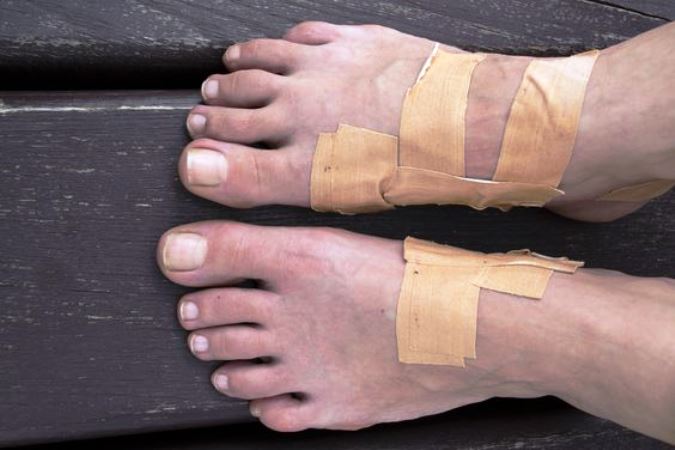
Image source: Pinterest
If you already have blisters on your feet, here are a few things you can do to heal them:
- Clean around your blister with soap and warm water
- Use anti-bacterial cream
- Cover the blistered area
- Let the blister heal once it pops
- Avoid exacerbating the damage
- Keep your feet clean
- Use aloe vera gel (According to dermatologists, Aloe Vera is a natural anti-inflammatory, that helps get rid of soreness and irritation. Also it has hydrating qualities, because of which it keeps the skin moist and helps it cure faster. If you want your blister to pop, Aloe Vera gel will help you with that, and also shrivel it up)
Is it okay to pop blisters?
I, personally, always pop my blisters using a needle that is properly sterilized. I, then, drain the blister and apply an anti-biotic cream on the affected area, after which, I put a Band-Aid to keep it from getting infected.
Some people, however, suggest otherwise. They say one should never pop a blister, because the blister is the “natural Band-Aid”. If you pop it, the bacteria will come in contact with the unprotected skin, leaving you open to the infection.
That being said, there are times when it becomes necessary to pop a blister, like when you need to wear your shoes but the blister interferes. Pop a blister but never with an unsterilized needle, and always remember to cover it with a Band-Aid.
This are ways to heal a blister. But what if someone wants to prevent the soars completely? Read on.
How to prevent blisters?
By following a few important steps you can anticipate the formation of a blister, and prevent it in the first place.
1. Wear shoes that are the right size
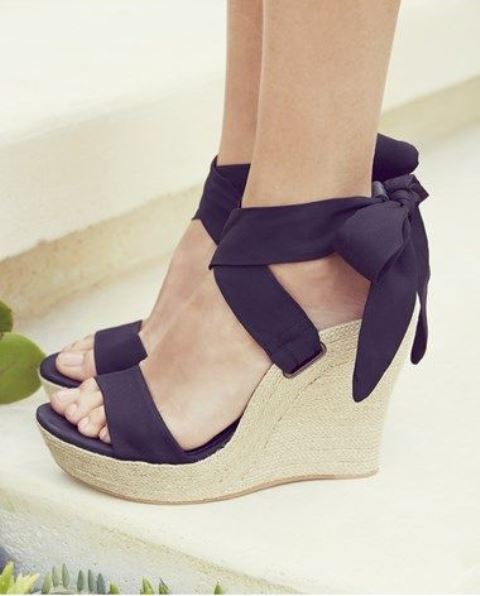
Image source: Pinterest
You should not wear shoes that are too tight or too loose. A well-fitted shoe is one that leaves a half-inch space between the longest toe, which doesn’t have to be the largest toe, and the tip of your shoe. Before you buy the pair, or plan to wear it for the first time, walk around to confirm fit and comfort. “If they pinch in the store, chances are they’ll pinch when you wear them for the first time,” according to Jessica Wu, MD. Jessica is a dermatologist in Los Angeles and also the author of Feed Your Face that talks about the everyday beauty treatment for the health of your skin.
The area in the shoe were you place your toes is called the toe box. If the toe box is rounded or square, it will provide the greatest comfort, and also the best fit.
Before you buy the pair, try it on, even if you are confirmed of the size, since sizing varies from brand to brand. Invest in a pair that fits you well, although it may be a size bigger or smaller than what you generally wear.
2. Shop for shoes in the afternoon
Our feet swells up to 9 percent throughout the day. Shopping in the afternoon for footwear is sensible since that is the hour when our feet tend to enlarge. When you select shoes which fit you, even when your feet are enlarged, you are preventing blisters from forming.
3. Dodge shoes that cause blisters
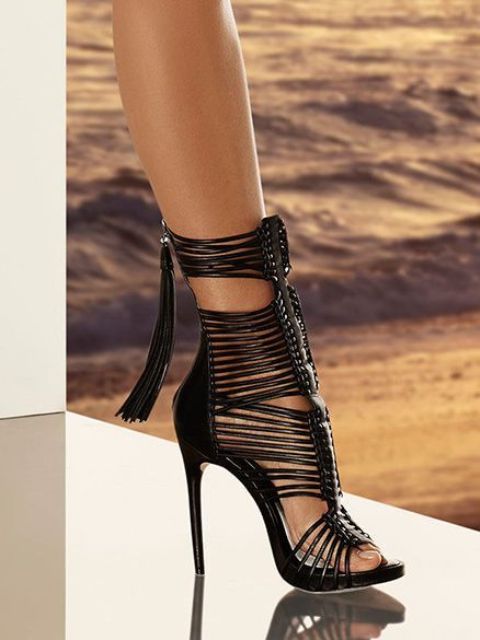
Image source: Pinterest
When thinking of how to prevent blisters, one has to avoid shoes that are prone to cause sores. These are pairs that squeeze your foot, are too loose, and cause you to walk around abnormally because of the friction. Try to steer clear of:
- Stilettos that have narrow toe boxes. These pairs force your toes into a restricted position, and put pressure on the ball of your foot. This increases the friction on your heel, and causes blisters.
- Flip-flops that need you to squeeze your toes to prevent them from falling off
- Any excessively close-fitting style of footwear
4. Break your pair in
Wear your new shoes for just short sessions at home, before you wear them for prolonged periods outside. Suppose you are planning to wear your new pair of plimsolls to college today. We suggest you wear them at home for a couple of hours before walking to college in them. This way, you give your shoes time to conform to your foot shape, and so they will fit you most comfortably.
If you are a hiker, this point rings truer for you. Rock climbing boots have to be broken in properly before they are used for a rigorous trek.
Suggested read: 16 super-effective home remedies for sunburn
5. Choose the right pair of socks
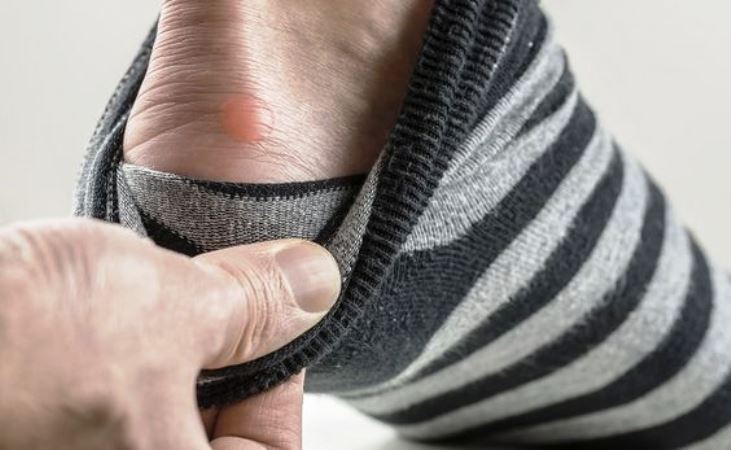
Image source: Pinterest
Yes, you read that right. To prevent blisters, you not only need to be careful about your shoes, but also of your socks. Cotton socks are great when it comes to absorbing moisture, and so help in controlling foot odour. But damp cloth can lead to friction causing risks of blisters. You are smarter to pick socks that are made of fabrics which dry quickly, like synthetic fabrics, or even wool.
Padded socks or hiking socks are most suitable for those who prefer athletic footwear. These also help prevent blisters.
A weird strategy that my mom uses is two layers of socks: a thin “wicking” layer, and a thick sock over that. This way she prevents both moisture-formation and friction. Smart, eh?!
6. Go for supportive and comfy insoles
You will find a variety of insoles at footwear stores and also at pharmacies. These insoles help you increase the comfort level of your shoe, and provide a better overall fit and support.
When you purchase shoes, buy those which have removable insoles. This way you can replace them when they start becoming uncomfortable with more supportive insoles. Replacement insoles are generally made of neoprene, memory foam or gel-filled pads. According to researchers, neoprene insoles are the best when it comes to preventing blisters.
Orthopaedic insoles are available for various foot types, so getting a pair for yourself won’t be that big a deal! Try out various insoles ‘til you find out the one that suits your shoe and foot the best.
7. Keep switching your shoes every now and then
What we mean is don’t wear the same pair of shoes for several days in a row. Try alternating the pair instead. This is a great way of preventing blisters since your feet will not rub in the same places.
8. Keep those feet dry
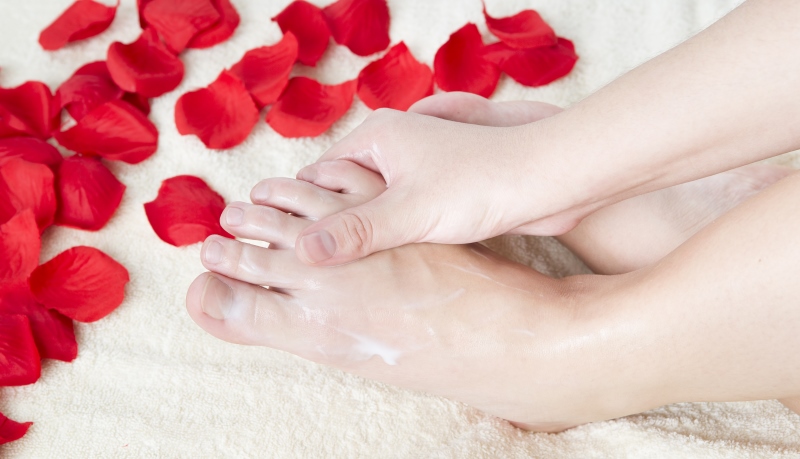
Image source: Shutterstock
Pick shoes that are made of watertight material, but they should also let your feet breathe. This will help you keep a check on the moisture, and also allow the sweat from your feet to evaporate.
Plastic shoes (like shoes made of nylon) make it difficult for your feet to aerate. So, you need to opt for alternatives like shoes made from leather or canvas or mesh etc.
If and when your shoes or socks become wet, get rid of them as soon as possible. Allow them to dry for a while, and then wear them again. If you can, after you dry your feet slip on a fresh pair of socks and shoes instead of the soaked ones.
9. Keep your socks and shoes clean of any kind of debris
When sand, twigs or other foreign materials enter your socks or shoes, they increase the friction when you walk around. This causes blisters. A footwear that fits you properly will also keep debris out.
Whenever you feel that there is something in your socks and/or shoes, you need to remove it immediately.
10. Use a lubricant
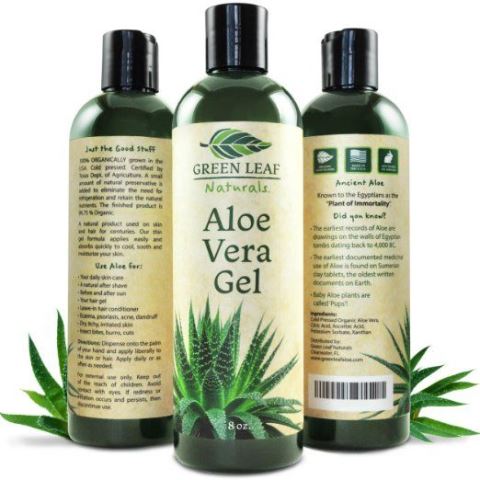
Image source: Pinterest
If you get blisters all the time in a particular area on your feet, you should coat that spot using a lubricant before you slip into your socks or shoes. The best options out there are, petroleum jelly, baby powder, foot balms, and anti-chafing ointment.
11. Tape the areas that are blister-prone
Cut a piece of bandage and stick it over the spots on your feet which are prone to friction. This way you can protect these areas, and so thwart blisters from forming. Moleskin, which is easily available at pharmacies, is a desirable choice to duct tape. This is how you can go about it: Cut a strip of moleskin. The strip should be slightly larger than the spot most susceptible to friction. Now remove the moleskin’s backing to expose the adhesive surface. Press the strip to your foot and smooth out the wrinkles, if any, from its centre to the edge. Now, slip into your footwear.
Suggested read: How to change your winter skin care routine for summer
Yes that new pair is all strappy and colourful and cute, but summer sandals and shoes have one major hitch: Blisters! When temperatures rise, your feet tend to swell up and sweat profusely. As a result there is friction and tadaaa! You have painful, awful fluid-filled sacs all over your feet! But now that you know all the tricks, you can say bye to blisters, and hello to beautiful feet!
We hope this was helpful. For more informative articles like this one on how to prevent blisters, sign up for our daily newsletter today. See you until next time!
Featured image source: Pinterest
